Since we’ve started to dip our toes into group off road and overland trips, I’ve realized we should start to consider talking about some best practices for off road group travel. We’ve had up to 13 vehicles in our convoys and with that many vehicles things can get fairly spread out, especially when dust is involved. This is not a problem generally, but can lead to some issues at times. So here are 5 best practices for traveling off road in a group.
Be Self Sufficient
The first rule of self sufficient off road travel is knowing where you are going. I will always post some kind of GPS or waypoint or track for any All-Terrain Family group outing. If you go off road in a group or alone, you should have a GPS device. Your phone is perfect. Gaia GPS is our navigation app of choice. DOWNLOAD MAPS.
Bring your own food and water. Bring enough for the day for everyone in your vehicle. How much you need is up to you. But don’t plan on someone else having anything for you.
Bring your own recovery gear. If you think you might need some, bring it.
Bring your own tools. If something breaks, don’t expect someone else to have metric sockets when their vehicle is imperial.
Bring your own safety equipment. If you need something in particular you should have it. Insulin, epinephrine, AED. Who knows. Don’t rely on someone else ahving a fully stocked trauma kit.
We Got Your Back
This is the herd immunity of group off-road travel. We’re all prepared, and we’re all there to help.
The first step to making sure you’re covering your fellow traveler is to keep the vehicle behind you in sight. Even if that’s just their headlights or dust plume. If you loose them, stop and wait.
If you see something, say something. Don’t assume that driver with insanely low tire pressure has it that low on purpose.
Never leave a participant alone unless they explicitly say they are leaving the group.
Because we are all fully prepared, we have extras of everything. If you need something ask.
Maintain Communication
Even on short day trips around Reno or other urban areas in Nevada you can not count on cell phone signal. You should have a secondary mode of communication to talk to the group.
Most of us have CB Radios in our vehicles. They work OK, and are cheap and free to use. We usually use channel 4 unless otherwise specified.
FRS Radios are cheap and handy as well. These are the little colored radios you find at sporting goods stores. There are usually a couple of these floating around on our trips as well. We use channel 6 with the privacy code set to 0. If you are on channel 6 and can’t hear anyone, make sure the privacy is not on 1. This will prevent uncoded transmissions from coming through to you.
Rugged Radios are a product that is becoming more popular. They are similar to FRS but only operate on a single channel.
Several of us are also licensed amateur radio operators and cary either hand held or mobile radio units. These are really handy as their range is far greater than the other options and there are a lot more frequencies to use. They also can connect to the local amateur radio repeater network that reaches far into central nevada. A mobile unit on a vehicle within line of sight of one of the repeaters could easily connect with a station back in Reno and get help or communicate with others.
Stay Put
This one is a classic rule of any kind of travel, but in the group setting know that if you get separated, we are coming back for you. We will not deviate from the route without notifying you. Proceed on the route if you can.
If you break down, stay with your vehicle. Any time there is a family or group that breaks down and then gets rescued, the one found dead is the one who tried to go for help by leaving the vehicle and hiking overland. Your vehicle is your shelter and the easiest thing for a rescue party to locate, stay with it.
Don’t leave the group without notifying someone. If we don’t hear from you we will look for you. If you aren’t there, then that puts the rest of us at risk.
Be good steward if the trail
We go out into the Backcountry to experience the back country, not to leave our mark or bring the things back with us that drew us out there to begin with. To that end, here’s what that means to us:
Stay on the road, dont make new ones
Respect private property. Leave gates the way you found them. Don’t mess up private property. Heed trespassing signs.
Respect the wild life. This includes our feral horses and burros. Look, but don’t touch.
Respect cultural heritage sites like petroglyphs and ruins
Generally, anything over 50 years old is protected. Certainly any Native American cultural sites or artifacts should be viewed but but not altered or removed.
The lands we explore are public, but not present. I hope that there’s still a middle of nowhere for us to take our grand kids to and mining equipment for my to fall off of for decades to come.
That’s All I’ve Got For Now
These were just 5 things we think about when we’re out exploring with friends, Not the TOP 5 or the Only 5. What else is important to consider when traveling in the backcountry in a convoy or solo?
Let me know in the comments and I hope to see you in the mountains.
Happy Trails


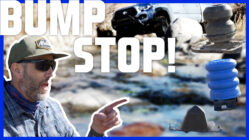
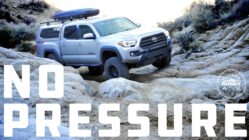
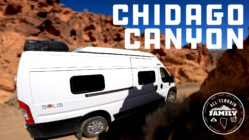
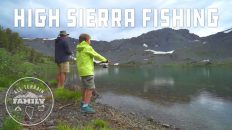
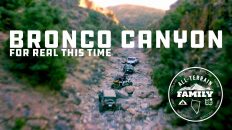
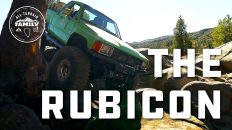
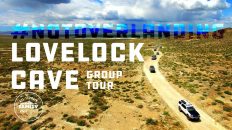
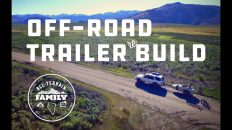
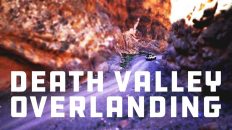
Add comment